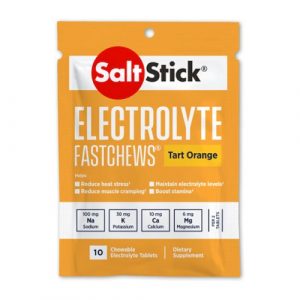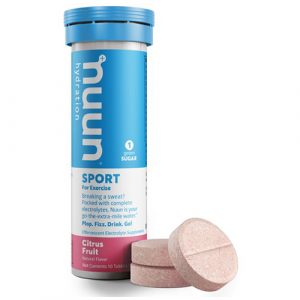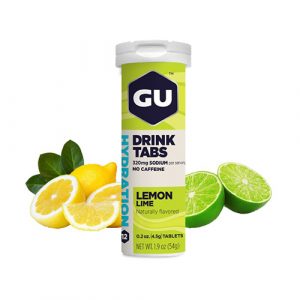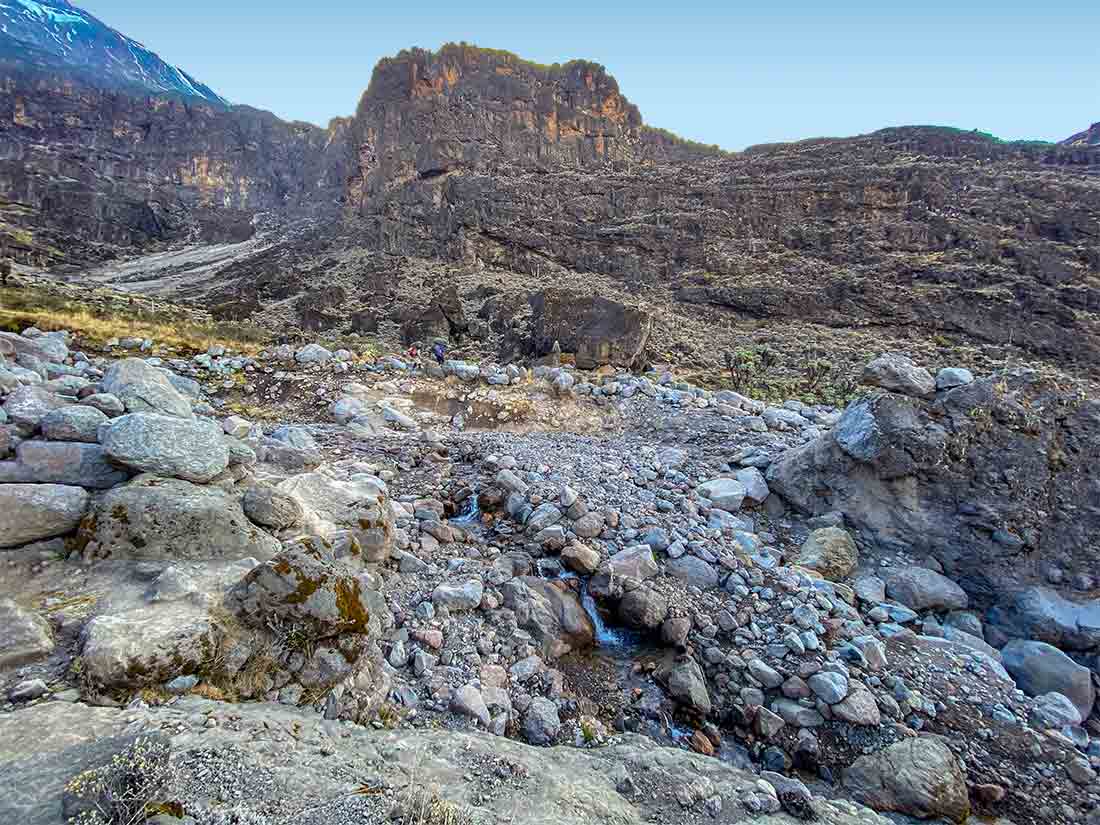Think of what you need to survive, really just survive. Food? Water? Air? Naturally, we are going to concentrate on water here. Water is of major importance to all living things; in some organisms, up to 90% of their body weight comes from water. Up to 60% of the human adult body is water.
According to the Water Science School, different people have different percentages of their bodies made up of water. Babies have the most, at birth they are about 78%. By their first year, that amount has declined to 65%. In adult men, about 60% of their bodies are water.
Furthermore, fat tissue does not store as much water as lean tissue. In adult women, fat makes up more of the body than men, so 55% of their bodies are made of water. Since we are made up of so much water, staying hydrated is essential when hiking. In this post, we are going to tell you how to stay hydrated while climbing Kilimanjaro.
Drink Water
The first, and most obvious way to stay hydrated is to drink plenty of fluids. Make sure you listen during the trip briefings each evening. The guides will tell you how much water you should drink the next day. You should pay attention and follow their guidance since they have summitted Kilimanjaro well over 200 times.
They will also quiz you on how many liters you consumed that day. If you didn’t drink enough they will have you drink more.
You may find it difficult to drink all that water. But trust us, it is a very important step in making sure you reach the summit. You paid all that money to get to Tanzania, so you may as well follow directions and drink as much as they tell you.
And tell you they will. Maji is Swahili for water and you’ll probably get tired of hearing it all the time.
“Maji, Maji.”
—Kilimanjaro Guide
Electrolytes
In addition to drinking water, you can also bring electrolytes with you to flavor the water.
According to Medical News Today, electrolytes are chemicals that conduct electricity when dissolved in water. They regulate nerve and muscle function, hydrate the body, balance blood acidity and pressure, and help rebuild damaged tissue. The muscles and neurons are sometimes referred to as the “electric tissues” of the body. They rely on the movement of electrolytes through the fluid inside, outside, or between cells.
The electrolytes in human bodies include:
- sodium
- potassium
- calcium
- bicarbonate
- magnesium
- chloride
- phosphate
For example, a muscle needs calcium, sodium, and potassium to contract. When these substances become imbalanced, it can lead to either muscle weakness or excessive contraction.
A few types of electrolytes you can bring are Gatorade powder, GU Drinking Tabs, NUUN tablets, and Saltstick. They are all lightweight and easy to use. Just add them to your Nalgene and shake, wait a few minutes then drink up. Or, like Saltstick, you can just swallow them with water.
We do not recommend adding them to your 3-liter bladder since the sugar can cause mold and bacteria to grow. It isn’t easy to clean your bladder when you are on the mountain.
Acclimatization
By drinking plenty of fluids both while hiking and at camp, your body will acclimate to the elevation increase much easier. Dehydration causes your body to work harder and that will make it more difficult to adapt to the altitude.
Where does the water come from?
Our porters treat the water from the streams you’ll see along the route. They use large buckets and jugs to gather the water and then treat them at camp. Once they are finished with the treatment process, they will bring you fresh water to drink. Even though it is treated, don’t worry the water tastes great.
We also have a porter whose job is to empty, clean, and refill your bladder each day.
Video
You can watch a video here that shows you more about the drinking water on Kilimanjaro.
Final Thoughts
Our goal is to make sure you summit Kilimanjaro as safely and as easily as possible. Altitude sickness can happen to anyone at any time on the mountain. We have you hike slowly to allow your body to adapt easier to the extreme elevation gain. Resting at camp and eating can help aid your body’s recovery. Another way is to stay hydrated while climbing Kilimanjaro.








